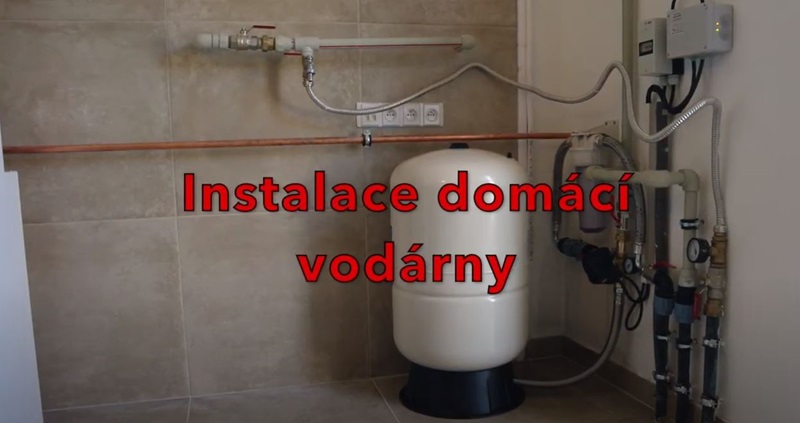How to start the pump and pressure booster pump after winter
Spring is the word and the associated preparations for "winterizing" the garden or sowing, which are activities that cannot do without water. So it's the perfect time for some useful advice before starting a home water heater or pump in your cottage or garden.

Basic pump maintenance
If you remove the pump from your building before the winter and store it somewhere in the heat, it will happen that the pump (either in the waterworks or alone) freezes and must be rotated before installation and start-up. We recommend removing the fan cover, grasping the shaft with a wrench and turning the pump. It's a very simple operation, but it saves a lot of subsequent work, or a broken circuit breaker or - in the worst case - a burned-out engine.
Check pump suction and flooding
In addition, the suction must be checked and the pump connected carefully so that no air can be sucked in anywhere. If it sucks in air, it does not pump and is therefore not functional. Then comes the phase of flooding the pump and suction, during which it is necessary to let the accumulated air bubble out of the whole system. Using these simple steps, we will prepare the pump or waterworks for start-up. It also often happens that the suction basket flap sticks after a long period of inactivity. There is a simple solution here - start the pump and lightly tap the suction of the pump located in the well. In most cases, the basket will peel off and the pump will start operating normally.
At domestic waterworks, pay attention to the air in the container!
If you are running a domestic waterworks, there is one more thing to check - the air pressure in the tank. With the system not pressurized, the pressure in the vessel should be 90% of the switch-on pressure of the pressure switch. If your waterworks is controlled by a frequency converter, then in this case it is 70% of the set pressure on the given converter.
How to "winterize" submersible pumps
Until now, we have focused on starting surface pumps that have suction. Many cottagers and gardeners, however, own submersible pumps in wells or boreholes. These do not go out for the winter, they are better in a permanent environment where they still work. However, the conditions in which they operate vary, which is due to the different hardness and quality of the water. It can therefore happen that the pumps solidify or overgrow. In this case, we recommend switching the pump on and off several times in succession for 2 to 3 seconds. If it does not spin, the pump must be removed from a well or borehole and taken to a specialist garage, where it will be dismantled, cleaned and tested. Please do not do this yourself. The pump also includes a motor, which is an electrical device and should not be manipulated by a person without proper authorization.

